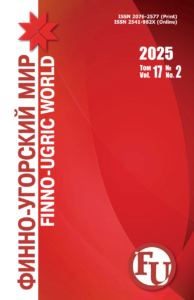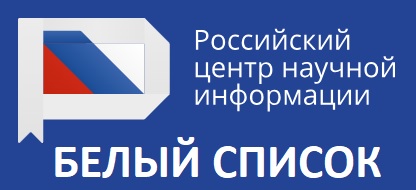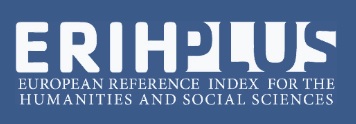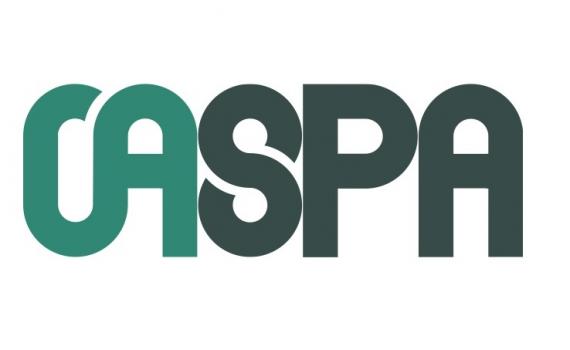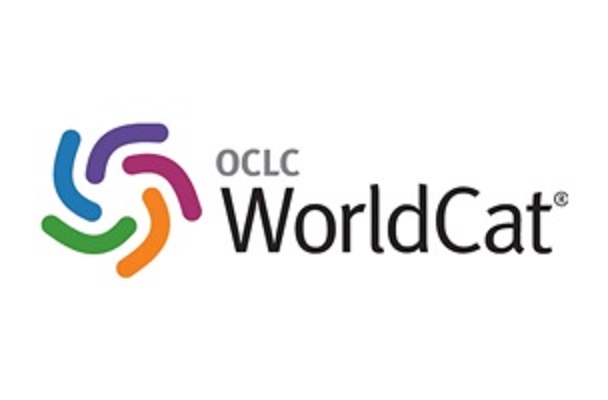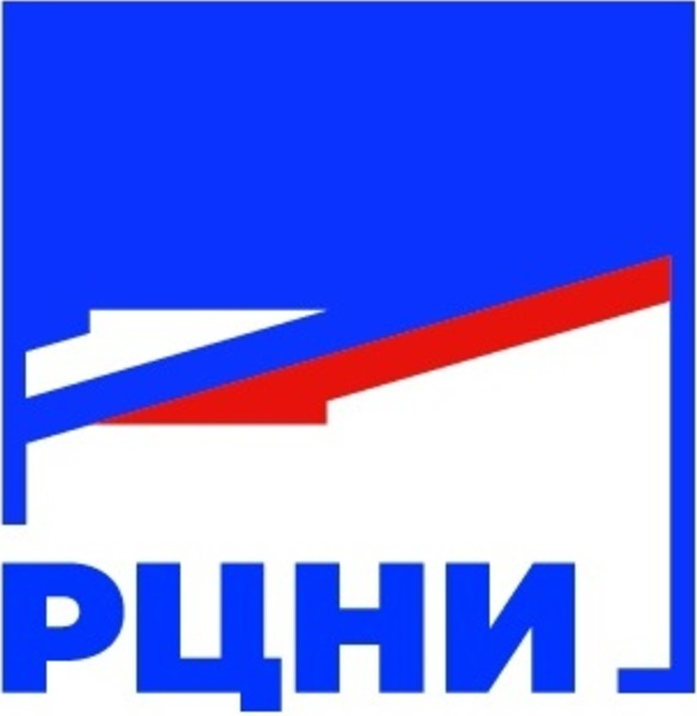Iraida G. Ivanova
Rita A. Egoshina
Mari State University,
Yoshkar-Ola, Russia
Introduction. The study of speech influence on the interlocutor is one of the most pressing problems in modern linguistics. From this point of view, emotional speech and its prosodic parameters in various languages are of particular interest.
Materials and Methods. The following methods were used in the research: electro-acoustic method of phonetic analysis using PRAAT software; descriptive method; comparative analysis method; statistical analysis method; linguistic analysis method.
Results and Discussion. A comparative analysis of the phonetic design of emotionally colored phrases of the French and Mari languages allows us to identify specific and common features. The analysis of narrative emotionally colored utterances in French and Mari revealed some discrepancies in the intonation design of expressions due to different actual division of the sentence. In exclamation emotionally colored types of utterances, there are differences in the ways of highlighting the communicative core. Analysis of interrogative utterances with direct word order in both languages showed a coincidence in the movement of the main tone, which rises sharply in the final part of the phrase.
Conclusion. The results of the study confirmed that the intonation design of speech in the languages with different structures, with all existing differences, has a fairly large number of similar features, in particular, such as the direction of movement of the main tone and the method of actual division of the sentence.
Keyword: prosody, melody, melodic range, stress, temporal characteristics, pause, emotionally-colored phrases, communicative type, Mari language, French
For citation: Ivanova IG, Egoshina RA. Prosodic characteristics of emotionally-colored phrases in typologically unrelated languages: based on the Mari and French languages. Finno-ugorskii mir = Finno-Ugric World. 2021;13;1:16–28. (In Russ.). DOI: 10.15507/2076-2577.013.2021.01.16-28.
Information about the authors
I. G. Ivanova – Candidate Sc. {Philology}, Associate Professor, Department of Fundamental Medicine, Mari State University, iraida44@yandex.ru, https://orcid.org/0000-0001-5247-0125
R. A. Egoshina – Senior Lecturer, Department of Romano-Germanic Philology, Mari State University, affaires@mail.ru, https://orcid.org/0000-0001-7295-8793


